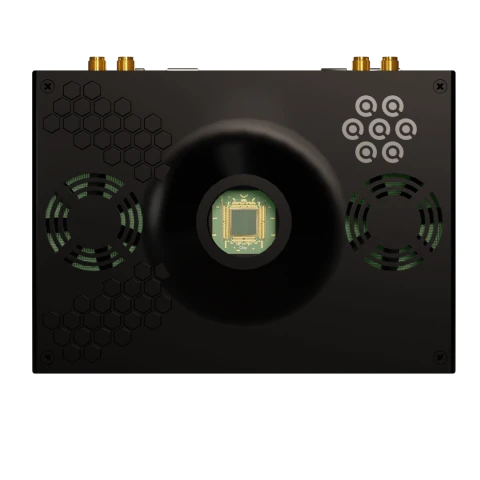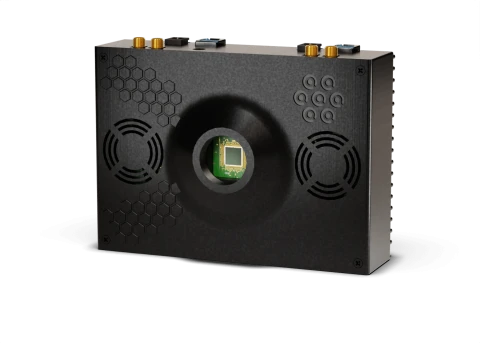Description
SPAD512S is a photon-counting camera for high-speed imaging. The core of the camera is a SPAD image sensor with 512×512 pixels. Photon counting with up to 100’000 frames per second and zero readout noise is achieved. The global shutter enables nanosecond exposures with exposure shifts of 17 ps. The array is optimized for low noise, with a typical dark count rate of less than 25 cps.
SPAD512 | Photon-Counting Gated SPAD Camera
Specifications
| Sensor Type: | sCMOS |
|---|---|
| # Pixels (Width): | 512 |
| # Pixels (Height): | 512 |
| Pixel Size (Square): | 16.4 um |
| Peak Quantum Efficiency: | 50 % |
| Full Frame Rate: | 100000 fps |
| Bit Depth: | 1 bit |
Features
- High-Speed Imaging: Capable of up to 100,000 fps at 1-bit resolution, ideal for capturing fast phenomena.
- SPAD Image Sensor: Features a 512×512 pixel array with in-pixel gate and global shutter for precise photon counting.
- Low Noise Performance: Achieves zero readout noise and a typical dark count rate of <25 cps, ensuring clear and accurate imaging.
- Nanosecond Exposures: Supports exposure times as short as 6 ns with a 17 ps shift, enabling time-gated imaging.
- Wide Spectral Range: Operates across 400–900 nm, with a peak photon detection probability of 50% at 520 nm.
- Flexible Bit Depth: Provides imaging at 1-bit, 4-bit, and 8-bit resolutions for diverse applications.
- Compact and Simple Integration: Requires only a 5 V power supply and two USB3 connections, making it easy to set up.
- Advanced Software Support: Includes functionalities for FLIM, phasor FLIM processing, and integration with LabVIEW, MATLAB, and Python via TCP/IP.
- Optimized for Low Light: Designed to image fast phenomena in low light conditions, such as light-in-flight or scattering.
- System Versatility: Applicable in fluorescence lifetime imaging, high-speed imaging, and scientific research requiring precise photon counting.
Applications
Confocal microscopy: SPAD arrays increase light collection and enable innovation in the field of laser-scanning confocal microscopy. This innovation finally leads to a sharper and brighter image with functional information about the underlying molecular function, interactions and environment. SPAD arrays provide the following advantages in confocal microscopy:
- Achieve super-resolution with a standard confocal microscope
- Increase light collection
- Increase imaging speed
- Reduce background noise.
Quantum information: Temporal photon correlations and photon number resolving (PNR) are fundamental to probing the quantum properties of light. SPAD arrays have an extremely low crosstalk and thus enable reliable measurements of second and third order photon correlations, as well as quantum random number generation for unbreakable encryption. SPAD arrays provide the following advantages in quantum information:
- Simplify setup with single-chip multi-channel detector
- Increase data rate with detector parallelization
- Photon number resolving (PNR) detection.
Fluorescence lifetime imaging microscopy (FLIM): SPAD cameras increase the overall photon throughput compared to scanned detection systems from the typical 10 Mcounts per second to 26 Gcounts per second. SPAD cameras provide the following advantages in FLIM:
- Simplify FLIM setup
- Increase FLIM frame rate.
High-speed imaging: SPAD cameras enable high frame rates with global shutter at zero readout noise. SPAD cameras provide the following advantages in high-speed imaging:
- Image fast phenomena in low light conditions
- Image light-in-flight.
Frequently Asked Questions
What is the SPAD512S camera?
What are the key features of the SPAD512S?
What makes SPAD cameras unique for FLIM?
What is the sensor wavelength range?
What applications are suitable for SPAD512S?
What is the maximum frame rate of the SPAD512S?
What are the power and connection requirements?
What software capabilities does the SPAD512S provide?
What is the fill factor of the sensor with microlenses?
How is the SPAD512S integrated into systems?
Similar Products
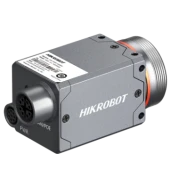
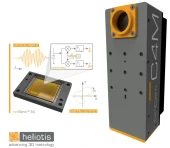

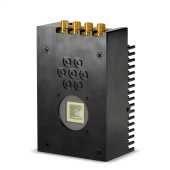
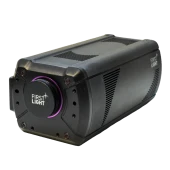
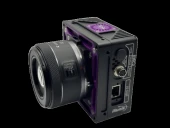
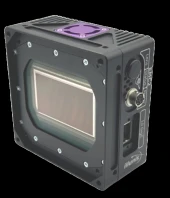
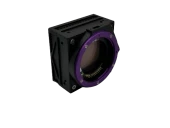
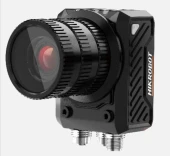
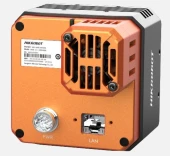


Your inquiry has been received.
Create an account by adding a password
Why create an account?
- Auto-complete inquiry forms
- View and manage all your past messages
- Save products to your favorites
- Close your account anytime — no hassle
